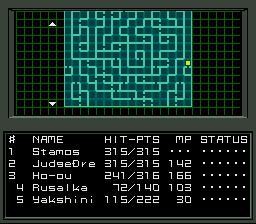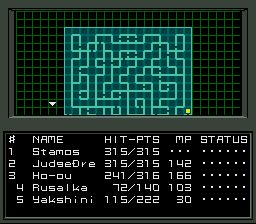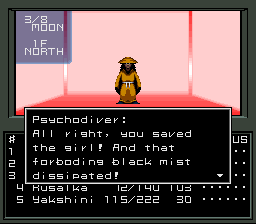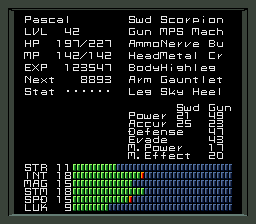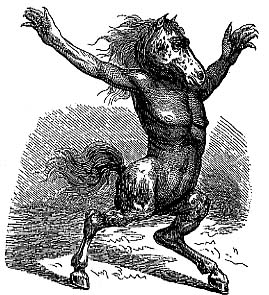Part 42
That I did. But no one but you noticedTortolia posted:
I think you mixed up the urls for original hero and heroine

Shall fix it in a while. Anyways: UPDATE TIME.
Time to explore Pascal's soul!

Wikipedia posted:
On the fringes of Greek mythology Lamia was one of the monstrous bogeys that terrified children and the naive, like her daughter Scylla, or Empousa. The Lamia had the head and torso of a woman, but the lower half of her body was serpentine.[1] Laimos is the gullet, and she had a cannibal appetite for children that could be interpreted as a dangerous erotic appetite for men: harlots might be named "Lamia", Karl Kerényi noted[2], and the connection between Demetrius Poliorcetes and the musically talented courtesan named Lamia was notorious.[3]
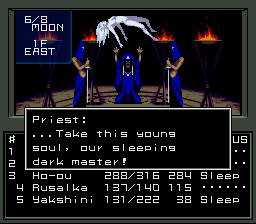

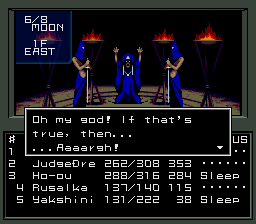



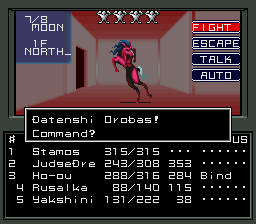
Wikipedia posted:
In demonology, Orobas is a powerful Great Prince of Hell, having twenty legions of demons under his control.
He supposedly gives true answers of things past, present and to come, divinity, and the creation of the world; he also confers dignities and prelacies, and the favour of friends and foes. Orobas is faithful to the conjurer, does not permit that any spirit tempts him (strongly suggesting that, despite being consigned to Hell, Orobas is a being of good and opposes most other demons), and never deceives anyone.
He is depicted as a horse that changes into a man under the conjurer's request.
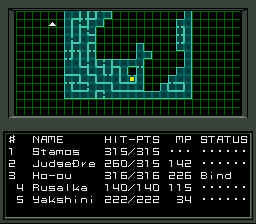





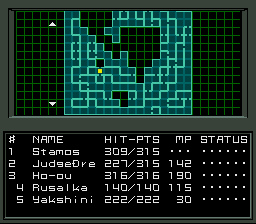


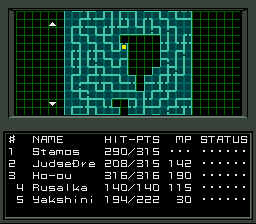

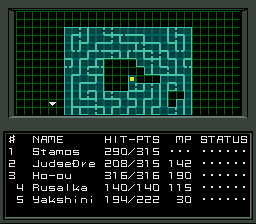



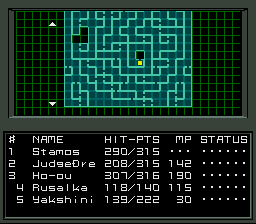





After a hard fight (she does a lot of damage, and throws charm spells herselfWikipedia posted:
The fable of Arachne (also Arachné) is a late addition to Greek mythology, recorded in Ovid, Metamorphoses. Book 6, 5-54, 129-145 and mentioned in Virgil, Georgics, iv, 246. The anecdote does not appear in the myth repertory of the Attic vase-painters. Arachne's name simply means "spider" (αράχνη). Arachne was the daughter of Idmon of Colophon, who was a famous dyer in Tyrian purple. She was a fine weaver in Hypaipa of Lydia who became so conceited of her skill as a weaver that she began claiming that her skill was greater than that of Athena, the goddess of weaving.
Athena was angered, but gave Arachne a chance to redeem herself. Assuming the form of an old woman, she warned Arachne not to offend the gods. Arachne scoffed and wished for a weaving contest, so she could prove her skill. Athena dropped her disguise and the contest began.
Athena wove the scene of her victory over Poseidon that had inspired the people of Athens to name their city for her. Arachne's tapestry featured Zeus: Zeus being unfaithful with Leda, Zeus being unfaithful with Europa, Zeus being unfaithful with Danae.
Even Athena admitted that Arachne's work was flawless, but was outraged at Arachne's disrespectful choice of subjects. Finally losing her temper, Athena destroyed her tapestry and loom, and struck Arachne on the head. Arachne realized her folly and was crushed with shame. She ran off and hanged herself.
Athena took pity on Arachne. Sprinkling her with the juices of aconite, Athena loosened the rope, which became a cobweb, while Arachne herself was changed into a spider. The story suggests that the origin of weaving lay in imitation of spiders and that it was considered to have been perfected first in Asia Minor.
 ), Stamos and JudgeDre emerge victorious over the evil spider woman.
), Stamos and JudgeDre emerge victorious over the evil spider woman.

